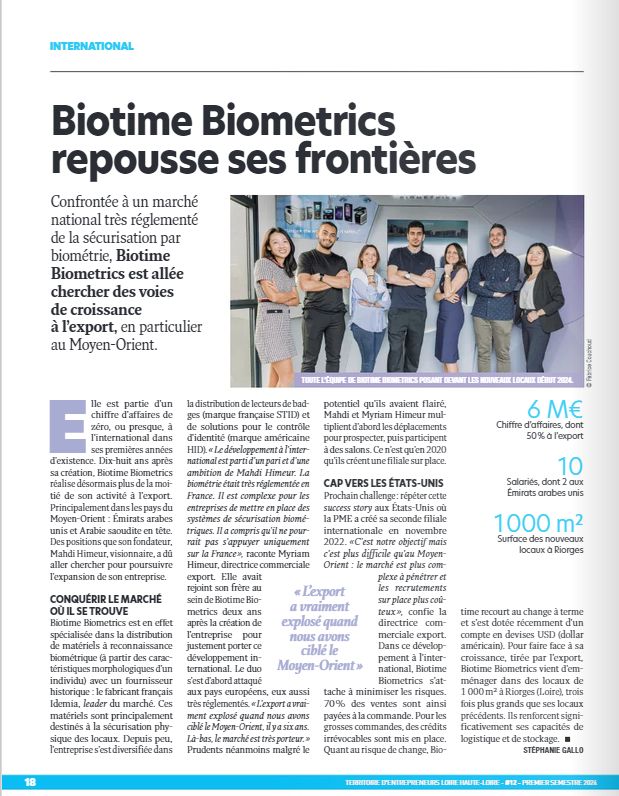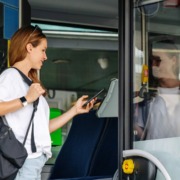Lyon-Saint Exupéry is experimenting with a contactless journey based on biometrics. Discover how this innovation revolutionizes the passenger experience and prepares the future of air travel.
The biometric initiative at Lyon-Saint Exupéry
Lyon-Saint Exupéry Airport, in collaboration with Vinci Airports and Idemia, launched a contactless biometric pilot project in 2020. This project allows travelers to check in remotely via a smartphone app, Mona, providing a seamless and stress-free experience from check-in to boarding. Volunteers can register from home, perform an initial identity verification at the airport, and then swiftly pass through controls using facial recognition.
This innovative project was tested on intra-EU flights to Lisbon, Porto, and Corsica, in partnership with TAP Air Portugal, Transavia, and Air Corsica. After more than two years of trials, the results are very positive: passenger interest is on the rise, with an increase from 8% to 25% in the use of biometrics between October 2020 and May 2023. Moreover, 92% of users are satisfied, and 96% plan to reuse this technology for their future travels.
Advantages of biometrics for passengers
The biometric experience offers numerous benefits to passengers. Firstly, it simplifies the boarding process by eliminating the need to present identity documents at every step. Passengers can thus avoid queues and repetitive controls, reducing the stress and anxiety often associated with air travel.
Biometric data is secured and stored on passengers’ smartphones, allowing them to retain control over their personal information. This system has also shown undeniable operational gains: even with only 52% of passengers using biometrics, boarding time is reduced by 50%.
Future perspectives and innovations
Since the end of 2023, a new phase of experimentation has begun to further improve the passenger experience. One of the first measures was to promote remote registration via the app, simplifying the process for users. Idemia has introduced more advanced identity verification technologies to ensure the authenticity of documents and their match with the holder.
The airport has also integrated a biometric identity management platform to expedite passenger passage through various control points. This extension of the project now includes all flights departing from Lyon-Saint Exupéry, ensuring process consistency and maximizing operational benefits.
In addition to improving efficiency and security, these innovations facilitate the work of airport agents and optimize the travelers’ journey. Idemia and Lyon-Saint Exupéry are working together to ensure this project complies with strict data protection regulations, providing a safe and reliable solution.
Thanks to these advancements, Lyon-Saint Exupéry Airport is positioning itself at the forefront of technological innovation, redefining the passenger experience and paving the way for a future where travel will be faster, safer, and less cumbersome.
Source: https://www.passengerterminaltoday.com/







